Top 10 Uses of Botox
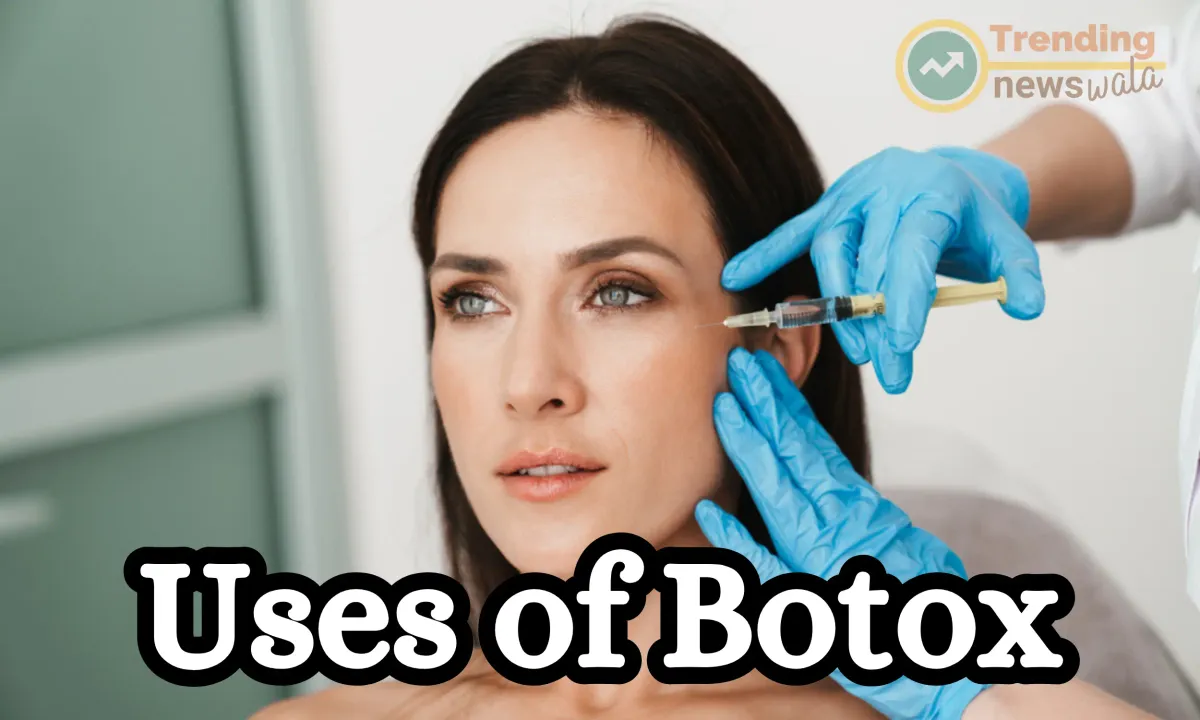
Though it’s best known for smoothing wrinkles, Botox is one of the most deadly poisons known to man, has constantly stunned the medical community for its putatively endless operations.
Botox, or botulinum toxin, is a versatile treatment that has a wide range of applications in both medical and cosmetic fields. Here are the top 10 uses of Botox:
Wrinkle Reduction
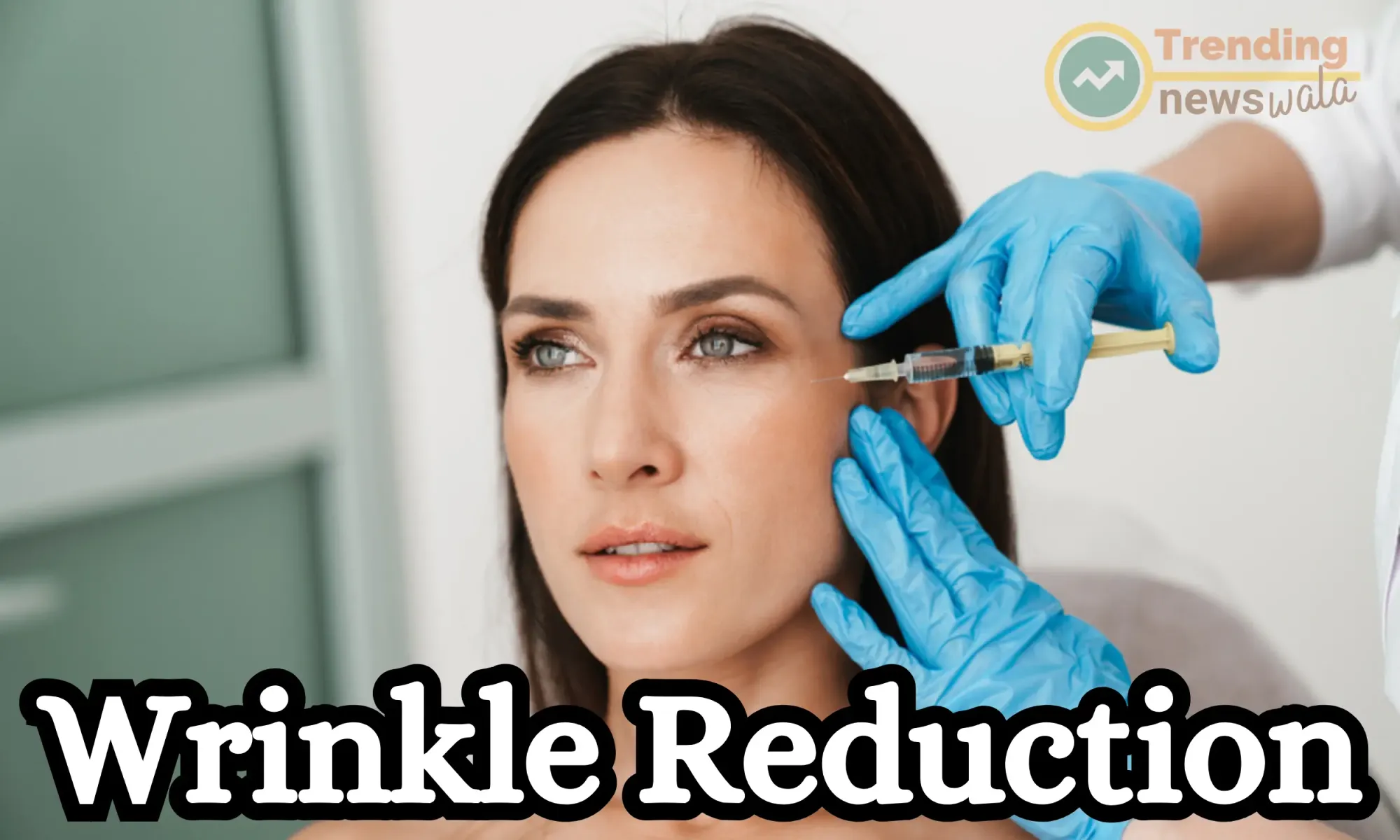
Wrinkle reduction is one of the most common and well-known uses of Botox. Botox is a neurotoxin that works by temporarily paralyzing or relaxing the muscles responsible for causing wrinkles. Here's how Botox is used for wrinkle reduction:
- Forehead Wrinkles: Botox is often used to reduce the appearance of horizontal forehead lines, which develop as a result of repetitive muscle movements. By injecting Botox into the forehead muscles, it temporarily relaxes them, reducing the formation of these lines.
- Glabellar Lines (Frown Lines): These are the vertical lines that appear between the eyebrows when you frown. Botox can be injected into the muscles in this area to smooth and minimize the appearance of these lines.
- Crow's Feet: Crow's feet are the fine lines that radiate from the corners of the eyes. Botox injections around the eyes can soften the appearance of these wrinkles, making the skin look smoother.
Botox for wrinkle reduction is a non-surgical, minimally invasive procedure. The effects are temporary and typically last for several months, so repeat treatments are necessary to maintain the results. The treatment is generally safe when administered by a trained healthcare provider, and side effects are usually mild and temporary, such as redness or swelling at the injection site. It's important to consult with a qualified healthcare professional to determine if Botox is a suitable option for your specific wrinkle-reduction goals.
Migraine Treatment

Botox is used as a treatment for chronic migraines in individuals who experience frequent and debilitating migraine headaches. Here's how Botox is used for migraine treatment:
- Chronic Migraines: Botox is FDA-approved for the treatment of chronic migraines. Chronic migraines are defined as experiencing headaches on 15 or more days per month, with each headache lasting for at least 4 hours. Migraine attacks can be severe, with symptoms such as throbbing head pain, nausea, and sensitivity to light and sound.
- Injection Sites: Botox is injected into specific sites around the head and neck, typically in 31 different areas, including the forehead, temples, back of the head, neck, and shoulders. These injections target areas where muscle tension or nerve activity may be contributing to migraine symptoms.
- Mechanism of Action: The exact way Botox works to reduce migraines is not fully understood. It is believed that Botox may block the release of certain neurotransmitters involved in pain signaling, reduce muscle tension, and have a preventive effect on migraine attacks.
- Treatment Frequency: Botox for migraine treatment is not a one-time solution. It is administered as a series of injections every 12 weeks (about every 3 months). Patients may require several treatment sessions to achieve the best results.
- Efficacy: Botox has been shown to reduce the frequency, severity, and duration of migraine attacks in some individuals. However, the response to Botox treatment can vary from person to person, and it may not eliminate migraines entirely.
It's important to note that Botox for migraine treatment should be prescribed and administered by a qualified healthcare provider, typically a neurologist or headache specialist. The decision to use Botox for migraines is made on a case-by-case basis, considering the patient's medical history and the severity of their migraine symptoms. Potential side effects are generally mild and can include temporary pain or discomfort at the injection sites. If you suffer from chronic migraines, consult with a healthcare professional to discuss whether Botox is a suitable treatment option for you.
Excessive Sweating (Hyperhidrosis)

Botox can be used to treat a medical condition known as hyperhidrosis, which is characterized by excessive sweating that goes beyond what is necessary for regulating body temperature. Botox injections can help reduce excessive sweating by blocking the signals that trigger sweat production in the affected areas. Here's how Botox is used for the treatment of hyperhidrosis:
- Primary Hyperhidrosis: Botox is commonly used to treat primary focal hyperhidrosis, which means it is applied to specific areas of the body where excessive sweating occurs. Common areas treated include the underarms (axillary hyperhidrosis), palms of the hands (palmar hyperhidrosis), and soles of the feet (plantar hyperhidrosis).
- Mechanism of Action: Botox works by blocking the release of acetylcholine, a neurotransmitter responsible for stimulating sweat glands. By injecting Botox into the affected areas, the excessive sweating can be reduced or even eliminated.
- Treatment Procedure: The treatment is relatively straightforward and minimally invasive. A healthcare provider will administer multiple small injections of Botox into the skin of the affected area, such as the underarms. A local anesthetic or topical numbing agent may be used to minimize discomfort during the procedure.
- Duration of Effect: The effects of Botox for hyperhidrosis typically last for several months, typically around 6 to 9 months. After this period, the treatment can be repeated as needed.
- Safety and Side Effects: Botox for hyperhidrosis is generally considered safe when administered by a trained medical professional. Side effects are usually mild and temporary, such as localized pain or redness at the injection site. In the case of axillary hyperhidrosis, there may be temporary weakness of the arm muscles, but this is typically minimal and temporary.
Botox for hyperhidrosis can significantly improve the quality of life for individuals who suffer from excessive sweating. It can help reduce the embarrassment and discomfort associated with hyperhidrosis and allow people to feel more confident in social and professional situations. If you believe you have hyperhidrosis and are considering Botox as a treatment option, consult with a healthcare provider, typically a dermatologist or specialist in the field, to discuss your specific situation and determine the best course of treatment.
Muscle Spasm Relief
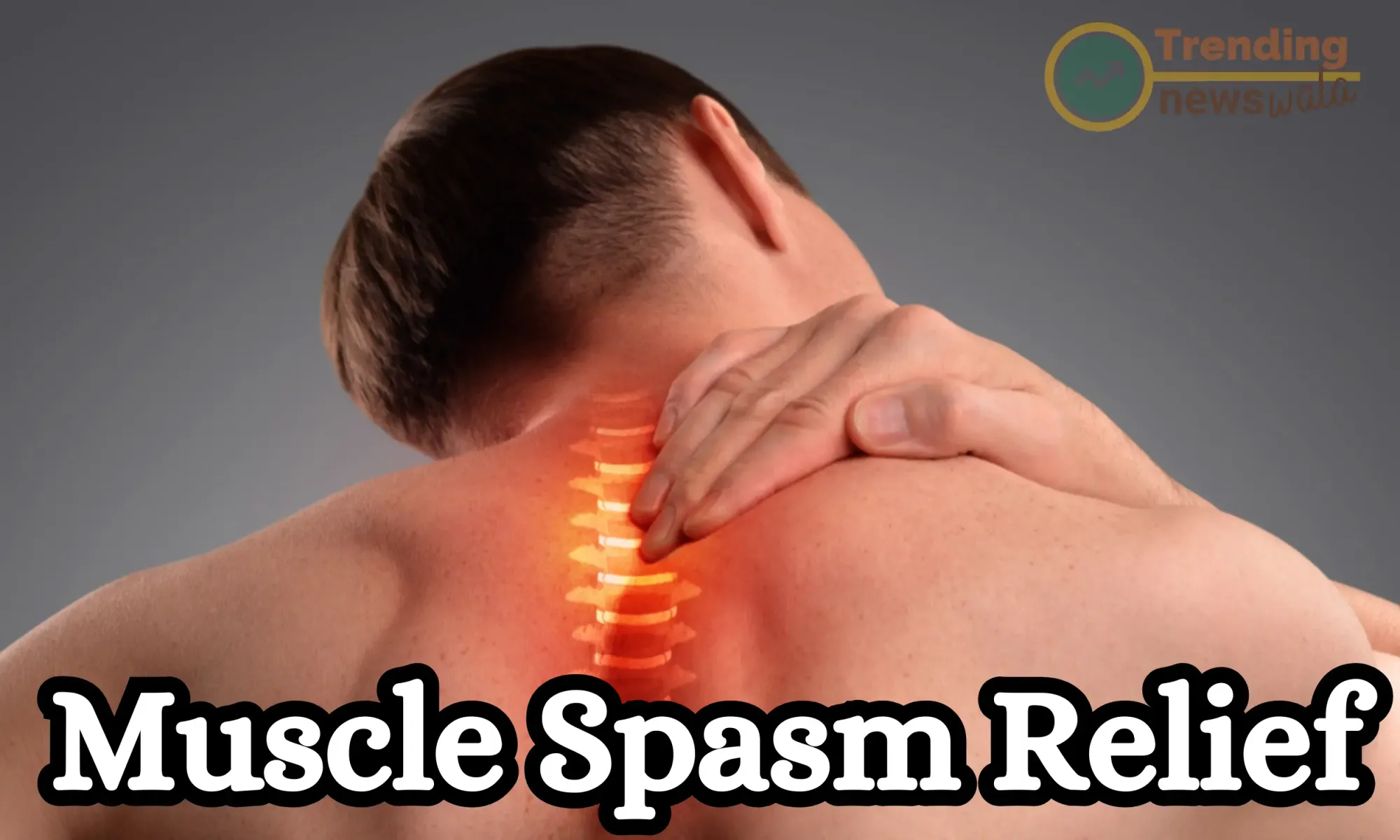
Botox is used to provide relief from muscle spasms and various muscle-related conditions, both in medical and cosmetic settings. Here's how Botox can be used for muscle spasm relief:
- Cervical Dystonia (Neck Muscle Spasms): Botox is approved for the treatment of cervical dystonia, a neurological disorder characterized by involuntary, painful contractions of the neck muscles. Botox injections into the affected muscles can help relax them and reduce the severity of muscle spasms, providing relief from pain and improved head positioning.
- Blepharospasm (Eyelid Spasms): Botox is also used to treat blepharospasm, a condition involving repetitive, involuntary contractions of the muscles around the eye, leading to uncontrollable blinking and eye closure. Botox injections into the eyelid muscles can reduce the frequency and intensity of these spasms.
- Spasticity in Neurological Conditions: Botox is used to treat spasticity, which is an abnormal and involuntary muscle stiffness or tightness that can occur in conditions like cerebral palsy and multiple sclerosis. Botox can be injected into specific muscles to temporarily reduce spasticity, improve joint mobility, and relieve pain.
- Other Muscle-Related Disorders: Botox has been investigated for its potential in treating various other muscle-related disorders, such as muscle pain and tension in conditions like temporomandibular joint (TMJ) disorders and myofascial pain syndromes.
- Cosmetic Uses for Muscle Relaxation: While not a medical treatment for muscle spasms, Botox is used in cosmetic applications to temporarily relax facial muscles, leading to a reduction in the appearance of wrinkles. This cosmetic use is based on Botox's ability to inhibit muscle contractions.
In all these applications, Botox works by blocking the release of acetylcholine, a neurotransmitter that triggers muscle contractions. By doing so, Botox helps to temporarily relax or weaken the targeted muscles, providing relief from spasms, pain, or cosmetic concerns.
It's essential to have Botox treatments administered by a qualified healthcare provider who is experienced in the specific condition being treated. The dosage, injection sites, and frequency of treatments can vary depending on the condition and individual patient needs. Botox for muscle spasm relief is generally considered safe and well-tolerated, with side effects typically being mild and temporary, such as pain or bruising at the injection site.
Overactive Bladder
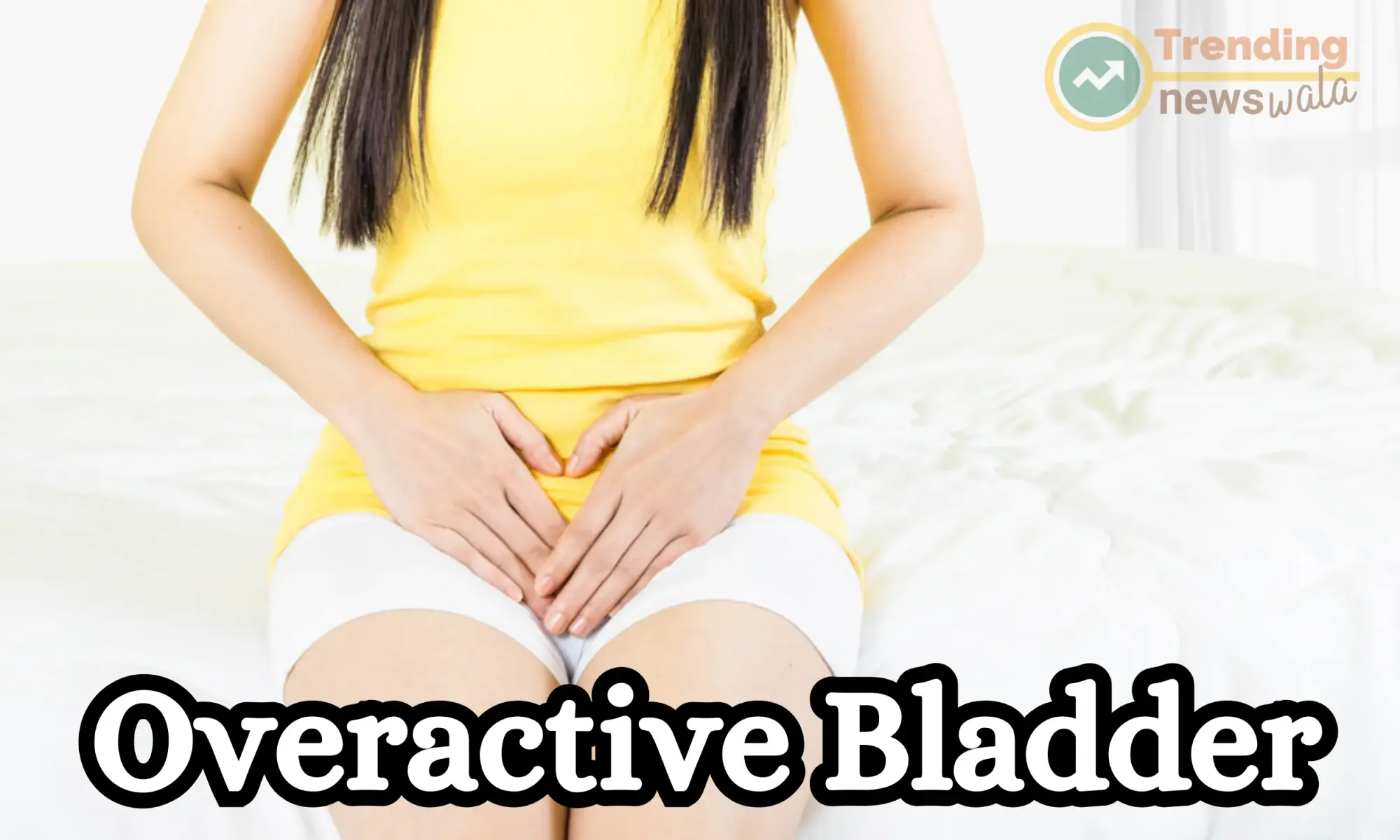
Botox is used as a treatment for overactive bladder (OAB), a condition characterized by frequent and uncontrollable urges to urinate, often resulting in involuntary urinary incontinence. When conservative treatments and medications fail to provide sufficient relief, Botox injections into the bladder can be an effective solution. Here's how Botox is used for the treatment of an overactive bladder:
- Overactive Bladder (OAB): OAB is a condition in which the bladder contracts uncontrollably, causing frequent and often urgent urination, even when the bladder isn't full.
- Mechanism of Action: Botox works by relaxing the muscles of the bladder, which can help to reduce the frequency and urgency of urination. It does this by blocking the release of acetylcholine, a neurotransmitter that triggers bladder muscle contractions.
- Treatment Procedure: Botox is injected directly into the detrusor muscle of the bladder through a cystoscope. The procedure is typically done in a healthcare provider's office or a urology clinic. Local anesthesia or sedation may be used to minimize discomfort during the procedure.
- Duration of Effect: The effects of Botox on the bladder typically last for several months, with most patients experiencing relief for about 6-12 months. After this period, the treatment can be repeated if necessary.
- Improvement in Symptoms: Patients who receive Botox injections for OAB often report significant improvements in symptoms, including reduced urgency and frequency of urination. Some may also experience improvements in urinary incontinence.
It's important to note that Botox is typically considered as a treatment option for OAB after other conservative measures and medications have been unsuccessful. The decision to use Botox for OAB should be made in consultation with a urologist or a healthcare provider specializing in urology. Side effects of the treatment can include urinary retention, urinary tract infections, and mild discomfort, but these are usually temporary and manageable.
If you suffer from OAB and are considering Botox treatment, consult with a healthcare provider who can assess your condition and discuss whether Botox is a suitable option for you.
Crossed Eyes (Strabismus)

Botox can be used as a temporary treatment for certain types of strabismus, a condition commonly referred to as "crossed eyes." Strabismus occurs when the eye muscles do not work together properly, leading to misalignment of the eyes. Botox injections can help in specific cases of strabismus. Here's how Botox is used to address crossed eyes:
- Strabismus (Crossed Eyes): Strabismus is a condition in which one or both eyes turn inwards, outwards, upwards, or downwards, causing a misalignment of the eyes. This condition can be present from childhood (pediatric strabismus) or develop in adulthood (adult strabismus).
- Mechanism of Action: Botox is used to weaken or relax specific eye muscles that are overactive, causing the misalignment. By temporarily weakening these muscles, it allows the eyes to align more effectively.
- Targeted Injection: A trained ophthalmologist or eye specialist will carefully inject Botox into specific eye muscles that are causing the misalignment. The injection is typically performed in a clinical setting, and the patient may receive local anesthesia or a numbing agent to minimize discomfort.
- Temporary Effect: Botox's effects on strabismus are temporary, typically lasting for a few months. After this period, the treatment may need to be repeated to maintain proper eye alignment.
- Benefits: Botox for strabismus can provide both functional and cosmetic benefits. It can improve eye alignment, reduce double vision, and enhance the overall appearance of the eyes, which can boost a person's self-esteem and confidence.
It's important to consult with an ophthalmologist or eye specialist who can evaluate the type and severity of strabismus and determine if Botox is a suitable treatment option. Other treatments, such as eye exercises, eyeglasses, or corrective surgery, may also be considered depending on the individual's case.
Botox for strabismus is a viable option for those with specific types of eye misalignment. The treatment is generally safe when administered by a qualified healthcare professional, and side effects are typically mild and temporary, such as temporary double vision or drooping of the eyelid.
Gummy Smile Correction
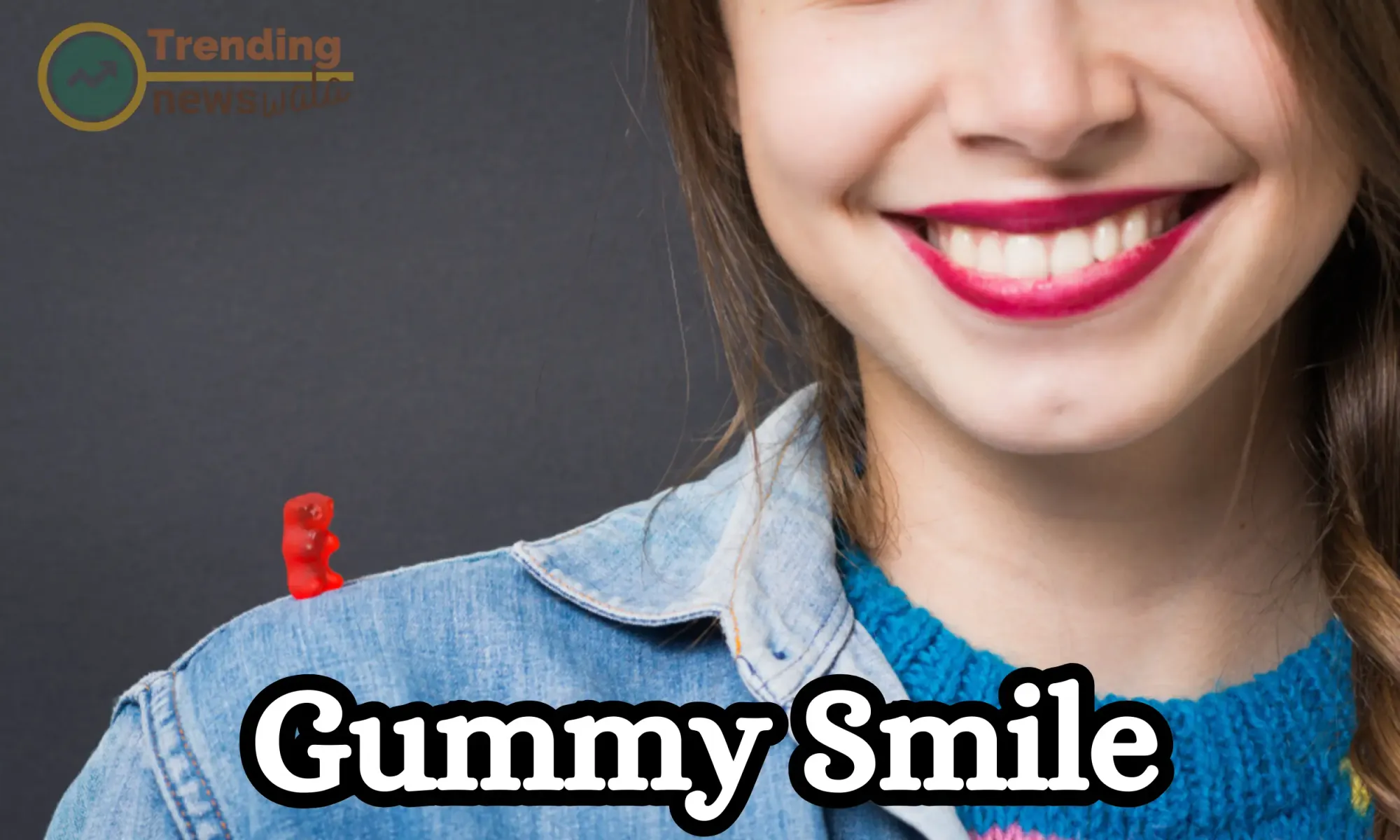
Botox can be used to correct a "gummy smile," a condition where a person's smile reveals an excessive amount of gum tissue. Excessive gum exposure when smiling can be a cosmetic concern for some individuals. Botox injections can help reduce this appearance by relaxing specific facial muscles. Here's how Botox is used for gummy smile correction:
- Gummy Smile (Excessive Gum Exposure): A gummy smile occurs when the upper lip lifts too high when smiling, revealing a significant portion of the gum line. This can be caused by various factors, including hyperactive lip elevator muscles or an overgrowth of the upper jaw bone.
- Mechanism of Action: Botox works by temporarily relaxing the muscles responsible for lifting the upper lip. By injecting Botox into these specific muscles, it reduces their contractile ability, limiting the elevation of the upper lip during a smile.
- Treatment Procedure: The procedure is minimally invasive and is usually performed in a clinical setting. A healthcare provider will administer small, targeted injections of Botox into the affected muscles. The treatment typically takes only a few minutes.
- Temporary Effect: The effects of Botox for gummy smile correction are temporary, lasting for several months, generally around 3 to 6 months. After this period, the treatment can be repeated if desired.
- Cosmetic Benefits: Botox can help individuals with a gummy smile achieve a more balanced and aesthetically pleasing smile by reducing the exposure of excess gum tissue when they smile.
It's essential to have Botox for gummy smile correction administered by a qualified healthcare provider, such as a cosmetic dermatologist or a specialized professional. The dosage and injection sites should be carefully determined to achieve the desired cosmetic effect while maintaining natural facial expressions.
Botox for gummy smile correction is considered a safe and well-tolerated procedure, with minimal side effects such as mild pain or redness at the injection site. If you are interested in addressing a gummy smile with Botox, consult with a healthcare provider experienced in cosmetic Botox treatments to discuss your specific goals and expectations.
TMJ (Temporomandibular Joint) Disorders
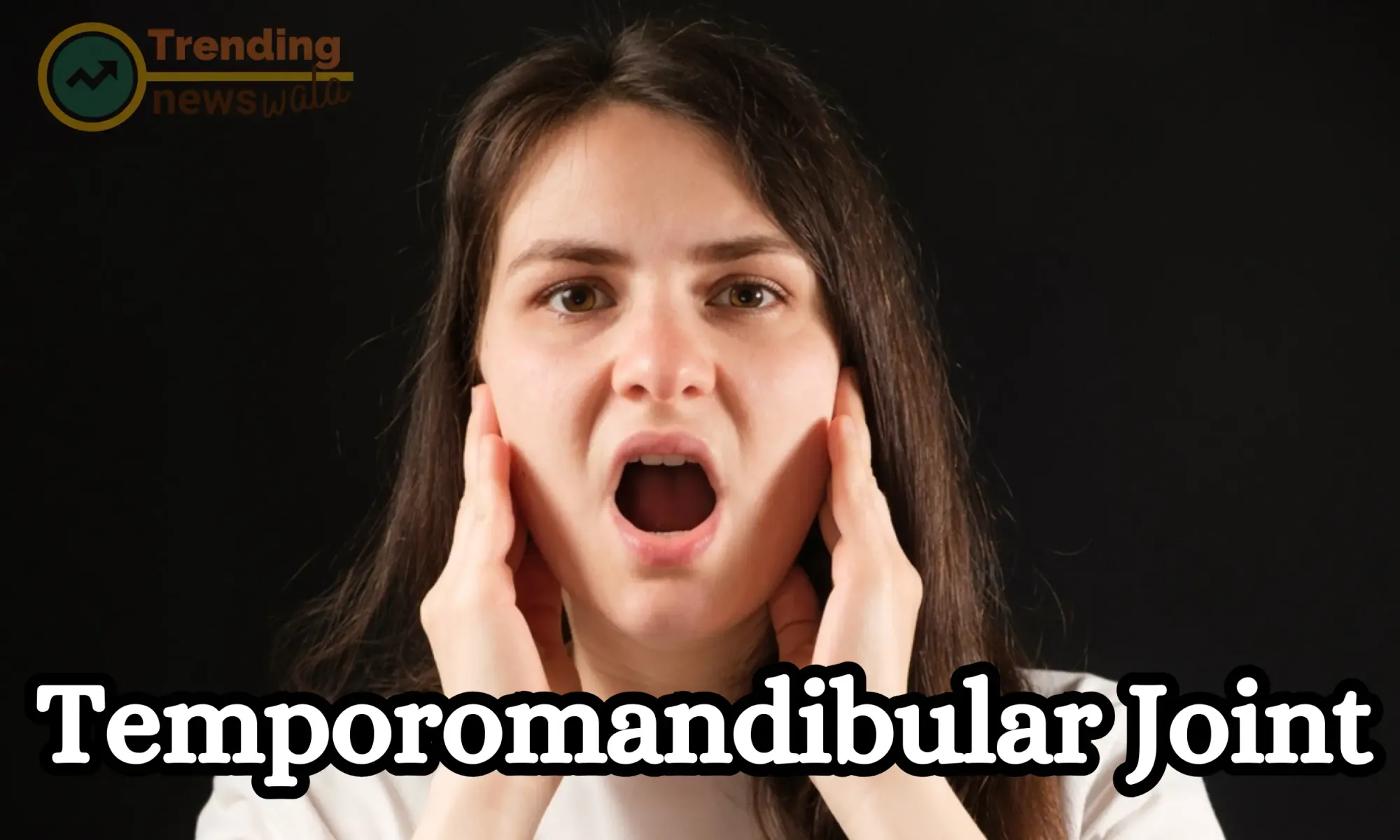
Botox can be used as a treatment for Temporomandibular Joint (TMJ) disorders, which are conditions that affect the jaw joint and surrounding muscles, leading to pain, discomfort, and dysfunction. Here's how Botox can be used to address TMJ disorders:
- Temporomandibular Joint (TMJ) Disorders: TMJ disorders encompass a range of conditions that affect the temporomandibular joint, the joint that connects the jawbone to the skull. These conditions can result in symptoms such as jaw pain, facial pain, headaches, jaw clicking or popping, and difficulty opening and closing the mouth.
- Mechanism of Action: Botox works by relaxing the muscles in the jaw and face that are often involved in TMJ disorders. By temporarily reducing muscle tension and spasms, Botox can alleviate the pain and discomfort associated with these conditions.
- Treatment Procedure: A qualified healthcare provider, often a dentist or oral surgeon, will administer Botox injections into specific jaw muscles that are contributing to the TMJ symptoms. The treatment is typically performed in a clinical setting and can take just a few minutes.
- Duration of Effect: The effects of Botox for TMJ disorders are temporary and can last for several months, typically around 3 to 6 months. Patients may require repeat injections to maintain symptom relief.
- Symptom Relief: Botox can provide relief from TMJ-related pain, muscle tension, and associated symptoms, improving the overall quality of life for individuals with these disorders.
It's important to consult with a healthcare provider experienced in the treatment of TMJ disorders and Botox administration to determine if Botox is an appropriate option for your specific case. Botox is typically considered when conservative treatments, such as physical therapy, medication, and lifestyle changes, have not provided adequate relief.
Botox for TMJ disorders is generally well-tolerated, with side effects typically being mild and temporary, such as localized pain or tenderness at the injection site. If you are experiencing TMJ-related pain and discomfort, consult with a qualified healthcare professional to discuss potential treatment options, including Botox.
Facial Asymmetry Correction
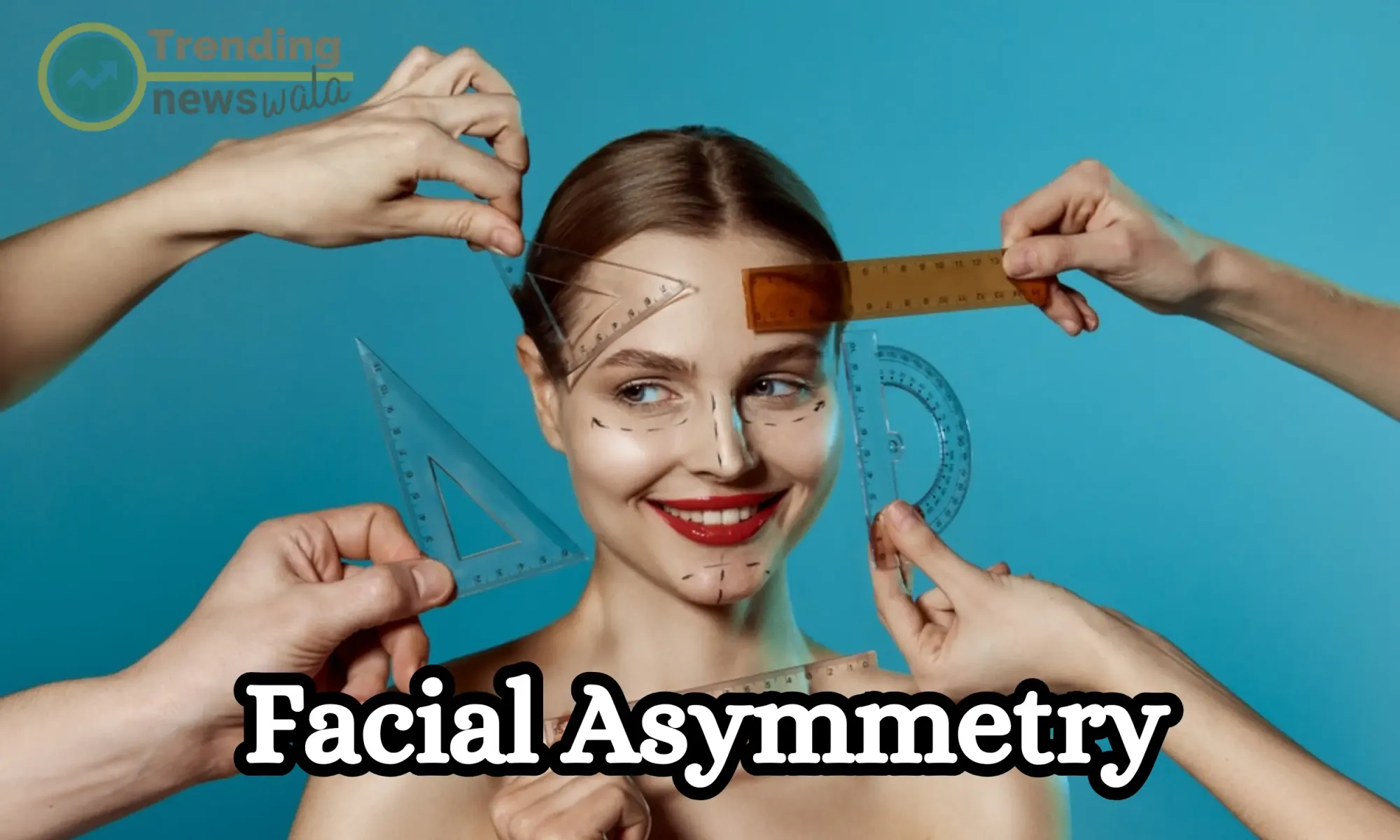
Botox can be used for the temporary correction of facial asymmetry, which can occur due to muscle imbalances or other factors. Botox injections can help relax overactive muscles on one side of the face, allowing for a more balanced and symmetrical appearance. Here's how Botox is used for facial asymmetry correction:
- Facial Asymmetry: Facial asymmetry refers to an imbalance in the appearance of one side of the face compared to the other. It can result from various factors, including muscle overactivity, facial nerve disorders, or other underlying conditions.
- Mechanism of Action: Botox works by temporarily weakening or relaxing the muscles into which it is injected. When one side of the face has muscles that are more active than the other, this can lead to asymmetry. Botox can be used to reduce muscle activity on the overactive side, bringing about a more balanced appearance.
- Treatment Procedure: A trained healthcare provider, often a cosmetic dermatologist or specialist, will administer Botox injections into the specific facial muscles responsible for the asymmetry. The treatment is generally performed in an office setting and is typically quick and minimally invasive.
- Temporary Effect: The effects of Botox for facial asymmetry correction are temporary, typically lasting for several months, often around 3 to 6 months. Repeat treatments may be necessary to maintain symmetry.
- Cosmetic Benefits: Botox can provide individuals with improved facial symmetry, which can boost self-confidence and enhance their overall appearance.
The suitability of Botox for facial asymmetry correction depends on the specific cause and nature of the asymmetry. Consulting with a qualified healthcare provider experienced in cosmetic Botox procedures is crucial to assess your condition, discuss your goals, and develop a treatment plan tailored to your needs.
Botox for facial asymmetry correction is generally considered safe, and side effects are typically mild and temporary, such as localized pain or swelling at the injection site. If you are interested in addressing facial asymmetry with Botox, consult with a healthcare provider who can provide guidance and perform the treatment to achieve the desired results.
Depression and Mood Enhancement
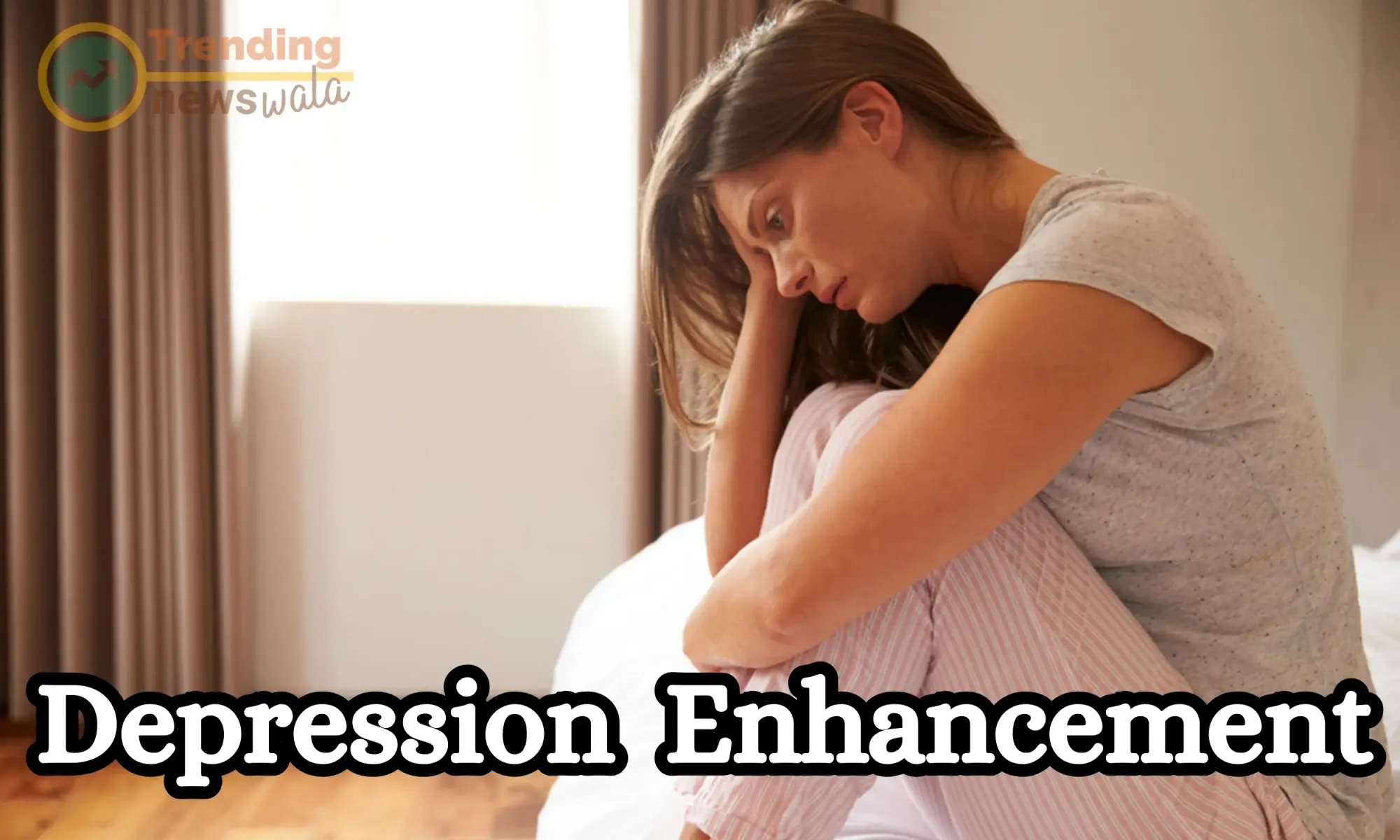
Botox for depression and mood enhancement is an emerging area of research and interest, though it is not a primary or approved treatment for depression. Some studies suggest a potential connection between Botox injections in the forehead and mood improvement. Here's a brief overview of this area:
- Theory: The theory behind Botox for mood enhancement is based on the concept of the facial feedback hypothesis, which proposes that facial expressions can influence emotions. It suggests that inhibiting the ability to frown by paralyzing the frown muscles with Botox may reduce the experience of negative emotions like sadness and depression.
- Research: Several small-scale studies have explored the potential mood-enhancing effects of Botox injections in the forehead, specifically in the glabellar region (the area between the eyebrows). Some of these studies have reported improvements in self-reported mood and depressive symptoms following Botox treatment. However, the results are still subject to ongoing research and debate.
- Considerations: It's important to note that the use of Botox for depression or mood enhancement is not an FDA-approved indication, and it remains a subject of ongoing research and debate. Further research is needed to better understand the mechanisms involved and the potential clinical applications.
- Professional Consultation: If you are interested in exploring Botox for mood enhancement, it's essential to consult with a qualified healthcare provider. A psychiatrist or mental health professional can provide guidance on evidence-based treatments for depression and mood disorders, which may include psychotherapy, medication, or other proven therapeutic approaches.
While Botox for mood enhancement is an intriguing concept, it's essential to approach it with caution and ensure that any treatment decisions are made in consultation with a medical professional who specializes in mental health. Traditional treatment methods for depression and mood disorders remain the primary and most effective approach for managing these conditions.
It's important to note that while Botox is generally considered safe when administered by trained professionals, it should always be used under the guidance of a licensed healthcare provider. The specific uses and dosages of Botox can vary depending on the condition being treated, and potential side effects should be discussed with a medical professional.

Certainly, here's a list of frequently asked questions (FAQ) related to the top 10 uses of Botox:
What is Botox, and how does it work?
Botox is a brand name for botulinum toxin. It works by temporarily relaxing or weakening muscles by blocking nerve signals, which can have various medical and cosmetic applications.
What are the common cosmetic uses of Botox?
Botox is commonly used to reduce the appearance of wrinkles, such as forehead lines, frown lines, and crow's feet. It can also be used for gummy smile correction.
How does Botox help with migraine treatment?
Botox is used to treat chronic migraines by blocking pain signals and relaxing muscles in the head and neck that are associated with migraine symptoms.
What is the role of Botox in the treatment of hyperhidrosis (excessive sweating)?
Botox can be used to treat hyperhidrosis by blocking nerve signals that stimulate sweat glands, reducing excessive sweating in areas like the underarms, palms, and feet.
Can Botox help with muscle spasms?
Botox is effective in treating muscle-related conditions like cervical dystonia, blepharospasm, and spasticity in conditions such as cerebral palsy and multiple sclerosis.
How is Botox used for overactive bladder treatment?
Botox is injected into the bladder to relax overactive bladder muscles, reducing urinary urgency and incontinence.
Can Botox correct crossed eyes (strabismus)?
Botox can be used to temporarily correct strabismus by weakening specific eye muscles to help align the eyes properly.
What role does Botox play in the treatment of TMJ disorders?
Botox can provide relief from temporomandibular joint (TMJ) disorders by relaxing jaw muscles, reducing muscle tension, and improving joint mobility.
How does Botox help with facial asymmetry correction?
Botox can temporarily relax overactive facial muscles on one side, helping to achieve a more balanced and symmetrical appearance.
Is Botox used for mood enhancement and depression treatment?
Some studies suggest that Botox injections in the forehead may have mood-enhancing effects by disrupting the facial feedback loop associated with negative emotions, but it is still a subject of ongoing research and not a primary treatment for depression.
Are there potential side effects of Botox?
Side effects can include temporary redness, swelling, or bruising at the injection site, muscle weakness, and, in some cases, mild discomfort. Side effects can vary depending on the specific use of Botox.
Who can administer Botox treatments?
Botox treatments should be administered by qualified healthcare professionals, such as dermatologists, plastic surgeons, neurologists, or ophthalmologists, depending on the intended use.
Always consult with a healthcare provider to determine if Botox is a suitable treatment for your specific condition and to discuss any potential risks or side effects associated with your chosen application.





